Iran holds the title of the world’s largest producer of saffron, often referred to as “red gold,” commanding a staggering 88% of the global market share. India follows as the second-largest producer, though its position is comparatively modest and may be subject to scrutiny. In India, a significant portion of saffron production, about 7%, occurs in Kashmir. Other notable saffron-producing countries include Spain, Greece, and Italy.
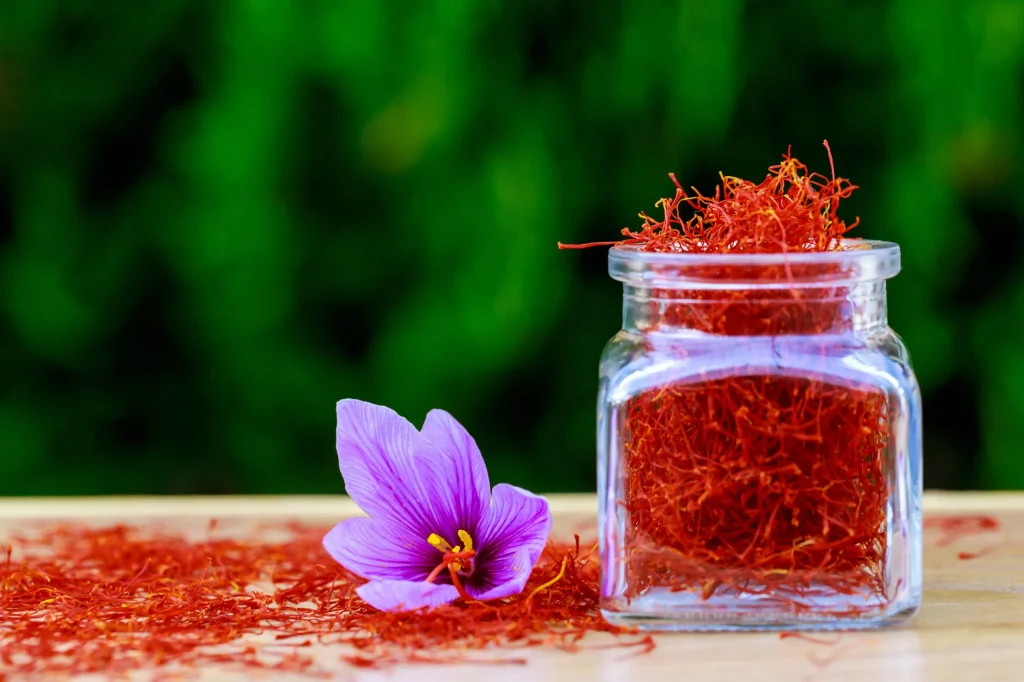
Saffron is derived from the delicate stigmas of the Crocus sativus flower. Iran’s saffron is renowned for its superior quality, largely grown in key provinces such as Kerman and Khorasan. The region’s meticulous harvesting techniques, coupled with a favorable climate, contribute to Iran’s preeminence in the saffron industry.
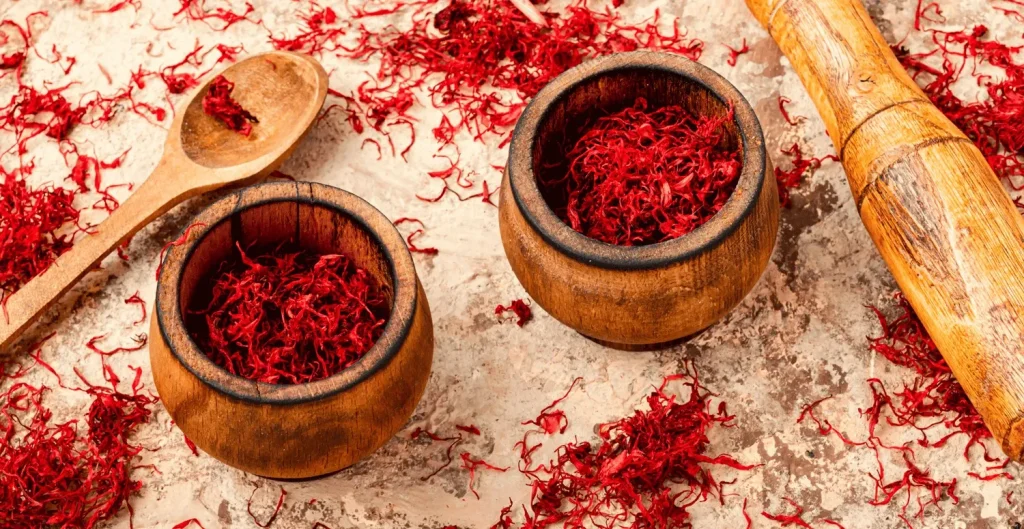
Iran’s diverse climate, characterized by hot, dry summers and cool winters, creates perfect conditions for saffron cultivation. The arid landscapes of Khorasan, Razavi, and South Khorasan provinces are particularly famous for producing some of the highest-quality saffron globally.
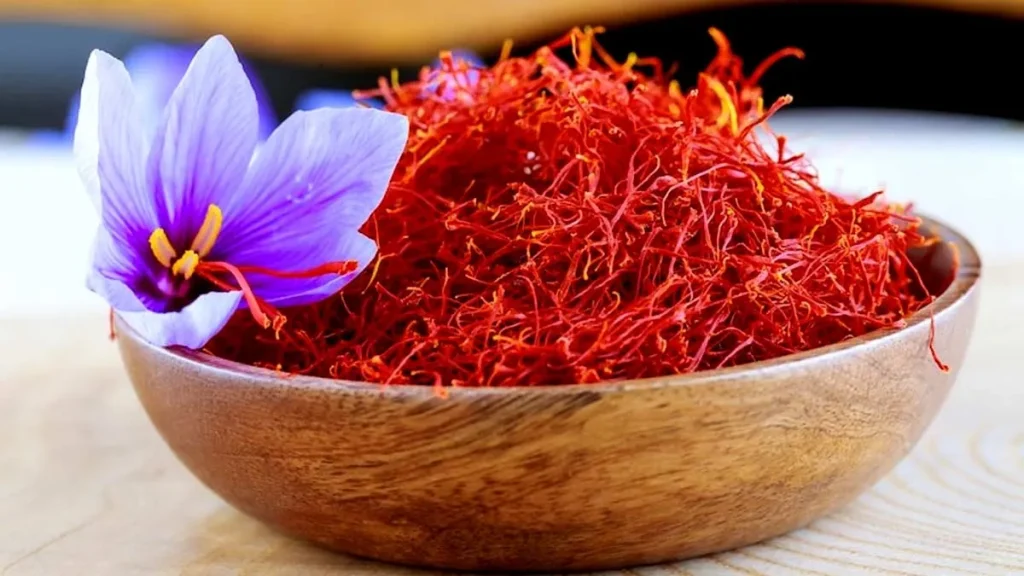
Saffron farming in Iran is deeply embedded in cultural heritage, with generations of farmers passing down traditional cultivation methods and knowledge. This rich legacy ensures the high quality and consistency of Iranian saffron.
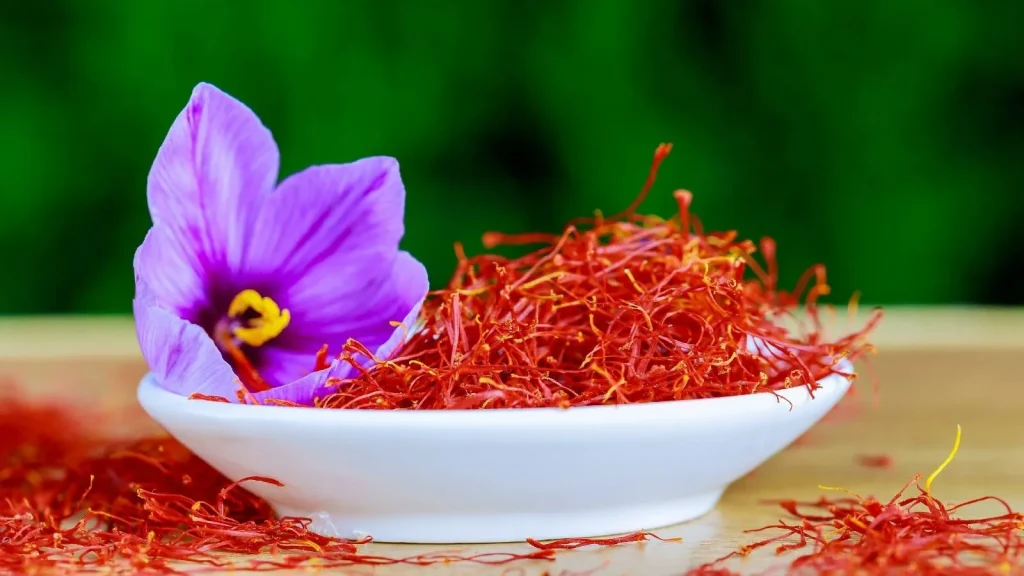
Iran has dedicated thousands of hectares to saffron farming, supported by government initiatives such as subsidies, technical assistance, and research funding. These measures aim to boost productivity, enhance quality, and promote sustainability in the saffron industry.
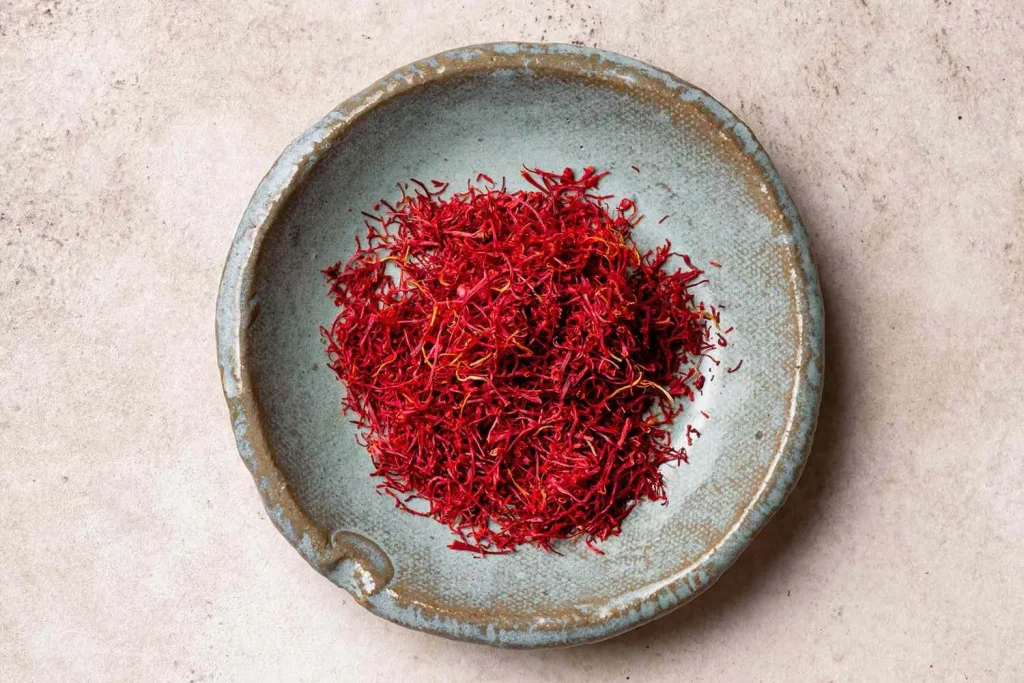
Despite its leading role in saffron production, Iran faces challenges including competition from other countries, market price volatility, water scarcity, and climate change impacts. Additionally, the reliance on manual labor for harvesting presents issues like labor shortages and increased production costs.
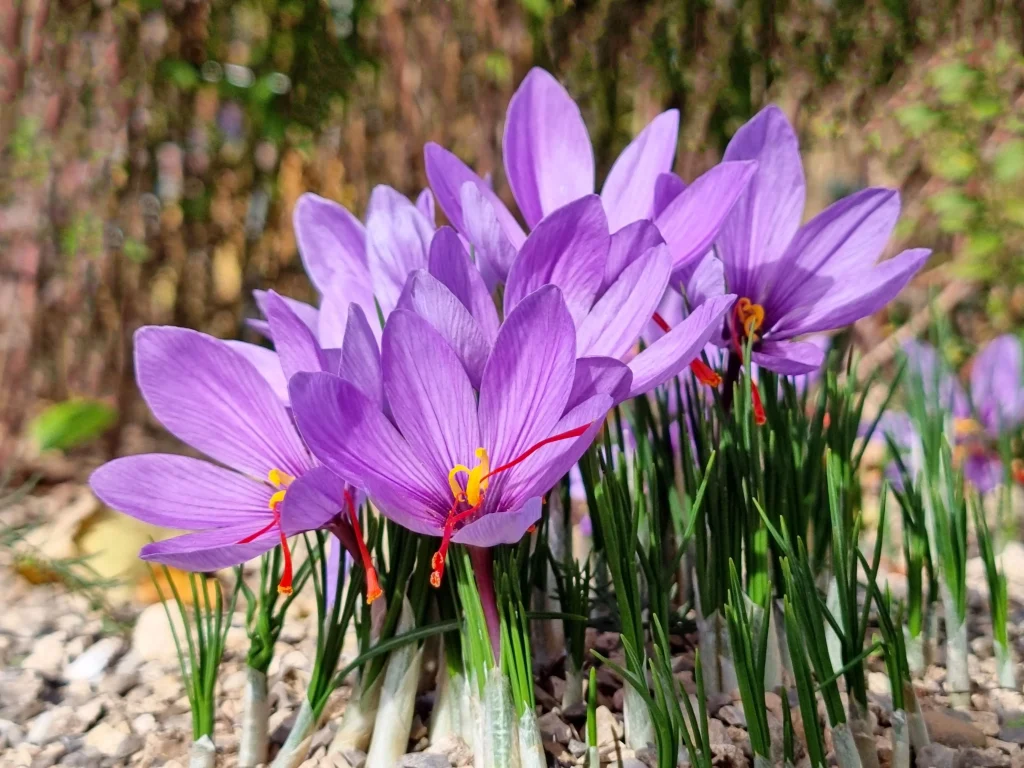
To address these challenges and solidify its position in the global market, Iran is investing in research and development, modernizing agricultural practices, and diversifying its export markets. These strategic efforts aim to further strengthen Iran’s dominance in the saffron industry.
